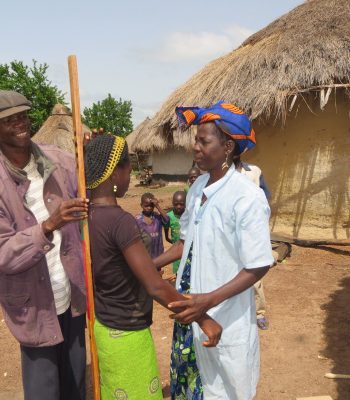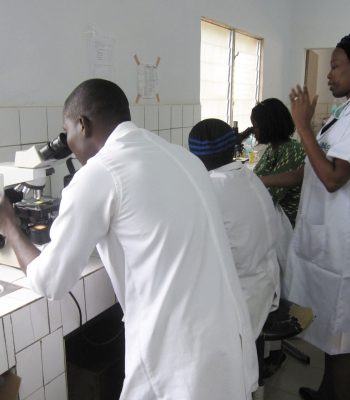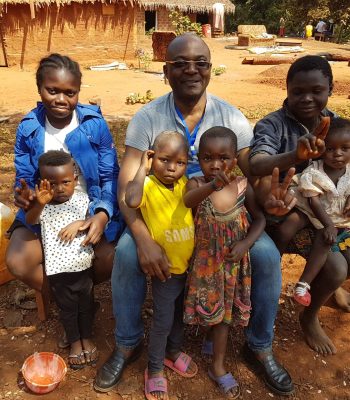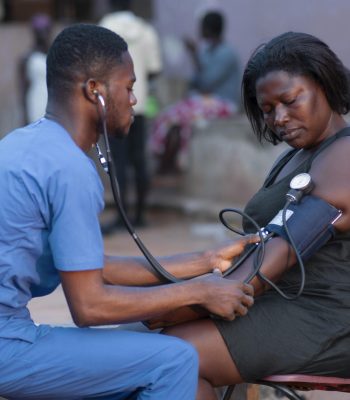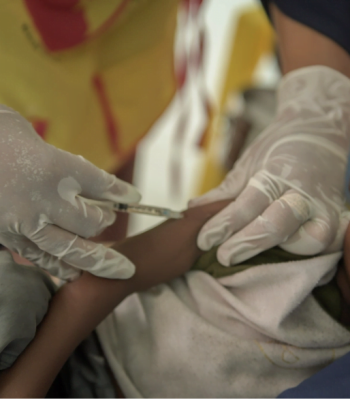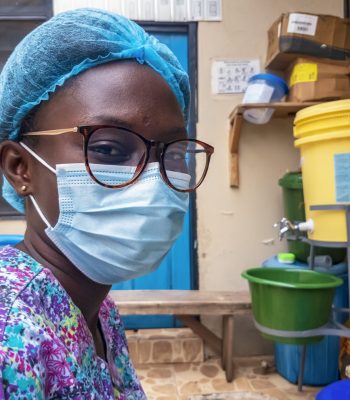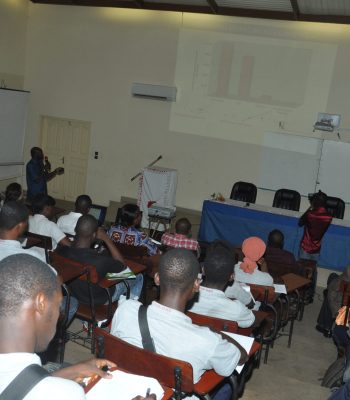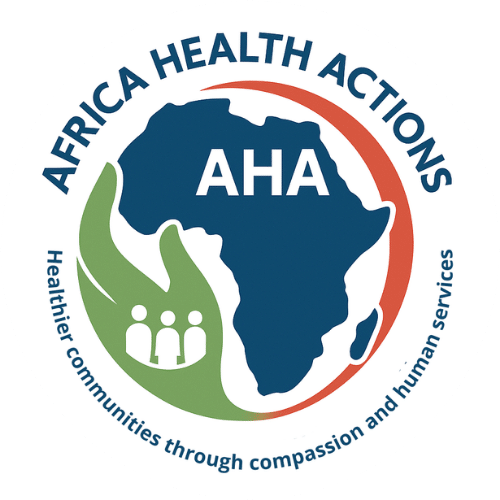Strengthening Healthcare Systems:
AHA is at the forefront of initiatives aimed at fortifying healthcare systems.
We actively work to enhance infrastructure, ensuring its resilience to meet the demands of MNCH. This involves improving the availability of skilled healthcare workers, fostering their continuous development, and establishing robust supply chains for essential medical supplies.
These efforts collectively contribute to building a more robust and responsive healthcare infrastructure.

